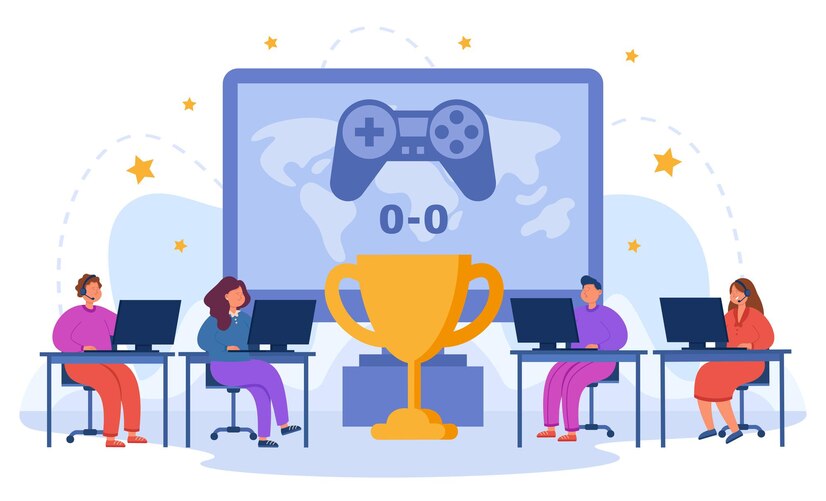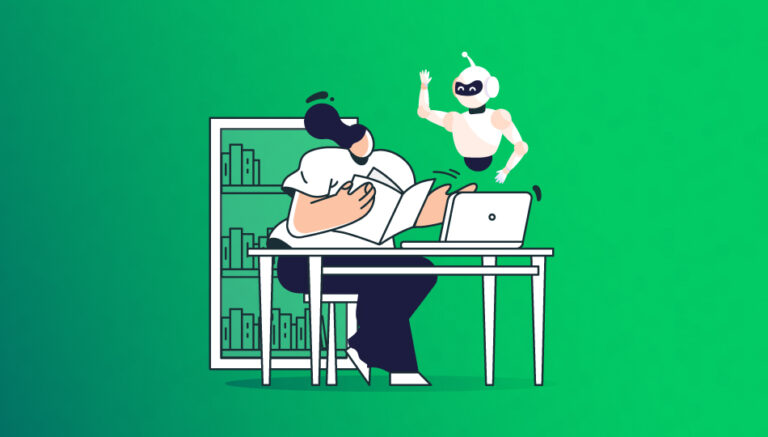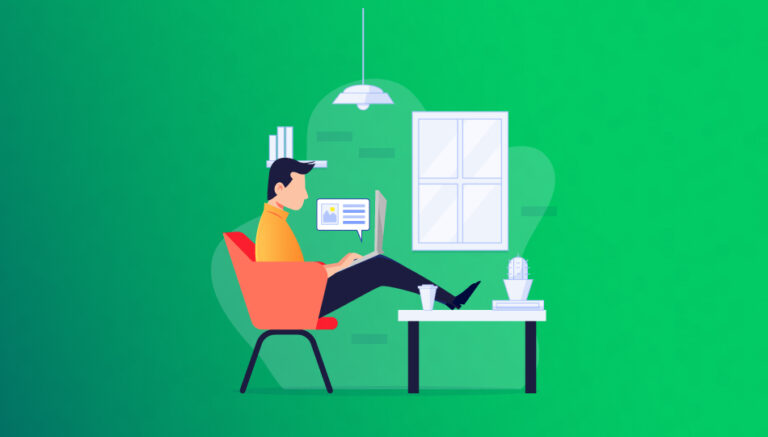With 72% of employees believing that gamification helps them learn, businesses must incorporate the methods into their training programs.
We have been introduced to gamification much earlier than we realize. From kindergarten when our teachers would convert the lessons into games to help us learn better, gamification has entered into our lives.
Concerning the corporate world, experts say there are primarily two types of gamification involved: performance gamification and learning gamification. You do not need to turn your learning courses into games, but rather you can add elements of gamification like a leaderboard and challenges to improve the retention of your audience.
What are the two types of gamification?

Not every learner learns the same way, hence you must know how to implement your training programs for the better retention of employees. Based on the size of your business, your budget, and your employees’ learning requirements, you can make a sound decision. You can also use a survey to directly ask your audience what gamification type will they prefer.
- Content gamification: this is an excellent approach when you have existing content and you need to make it more interactive.
- Performance gamification: these work best for the programs needing complete revamping and they must include the elements like challenges or levels.
Content gamification
This is applied when you have to gamify the existing content. This can be helpful when you already have excellent content in hand and want to enhance it further on. There can be various ways to add gamification elements to your courses, but challenges and leaderboards are two of the most common.
- Game mechanics
Elements such as challenges, storytelling, and feedback loops are used in the mode. Rewards are also one thing to keep the employees motivated and help them to perform better.
- Objective
This method gives learners a chance to explore without needing to fulfill a particular task or objective. For instance, you can utilize gamification for the employee induction process and guide them through the office roadmap, asking a few questions at the end.
- Development cost and time
The cost of development for this feature is not much but recurring. You have to modify your content to include gamification elements, and it will take constant effort to do so. The time required to develop content gamification varies depending on the type of content and the elements added. But initially, it takes time to build the course, but then it becomes relatively easier to modify the content.
- Modifications
The person in charge needs to work with the whole content before implementing the features and making the changes.
Performance/ structured gamification
Unlike content gamification, elements are added around the content. It helps in guiding the users through their journey, motivating them, and keeping them engaged.
The method is popularly used because it enhances the learning experience and is backed up by the theory of rewards. Humans work more efficiently when they are validated by external factors. 84% of HR believe that workplace validation is important to drive people for more efficiency. The rewards throughout the journey encourage users to keep going and succeed.
One of the most common ways to implement performance gamification is by making use of scoring elements such as leaderboards, level points, or certifications.
- Game mechanics
The game mechanics used for the method are badges, points, and a leaderboard to enhance the engagement of the audience.
- Objective
The objectives are not included in the gamification process rather it helps in gamifying the experience to achieve the objectives.
- Development cost and time
The cost is relatively high as you have to build a completely new platform to include the elements you require. To save costs, many businesses utilize the LMS platform, as the features can be customized for a nominal fee. Depending on the type of platform you will need, the time allocated can take from 4 weeks to 6 months. After the platform is created, it takes minimal time to upload the required content.
- Modifications
Once the platform is ready, you just need to update the content regularly based on the requirement of your lessons. You can easily modify the content on a structured platform like an LMS.
Why use an LMS?
If you are considering structured gamification in the workplace, the best choice will be to have an LMS platform.
Utilizing LMS helps your organization in many ways:
- Improves retention
The repetitive nature of the course helps in enhancing retention for the employees or the users of the course.
- Progress indicators
You can see the progress of your users and learn their behavior and what type of courses are grabbing the most attention. According to the data, you can make the courses accordingly and see what engages your audience the most.
- Cohort or self-learning
Depending on the requirements, you can provide your audience with a variety of learning experiences.
- Better learning experience
Contrary to the outdated learning method, use gamification to engage your audience. It will help them understand the courses better and make training such as compliance more interesting.
- less stressful
With the gamification elements, the work becomes less stressful for the employees. With the rewards, you can make the training more interesting and engaging.
Let’s wrap it up!
The learning dynamics are changing and it is important to adopt new methods for your audience to engage better. In this age of layoffs and mass resignations, it has become more difficult than ever to retain employees. Gamification helps you to enhance the experience of your employees.
When it comes to partners and customers, you can improve retention by providing them with a better experience.
If you want to deploy LMS for your training or learning purposes, we can help you out. Customize your LMS platform with gamification or features required for better retention of employees, partners, or customers.



